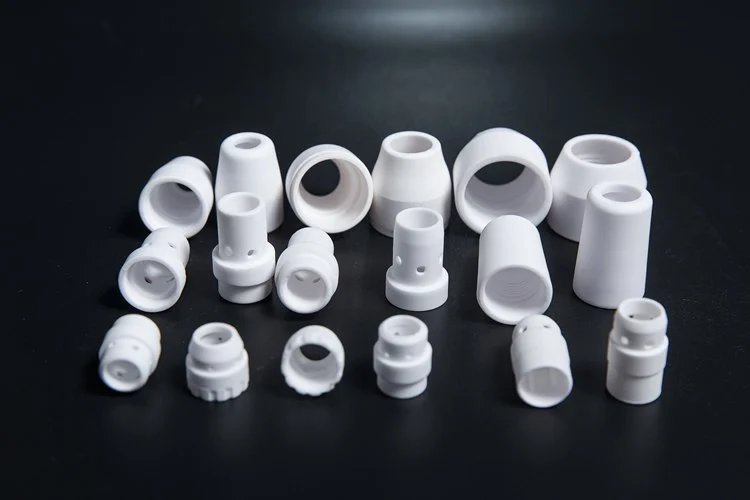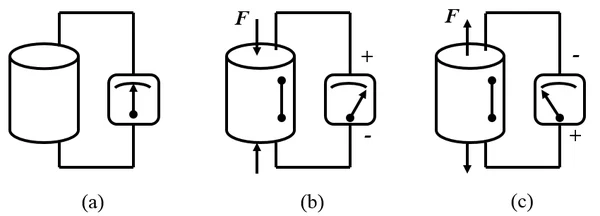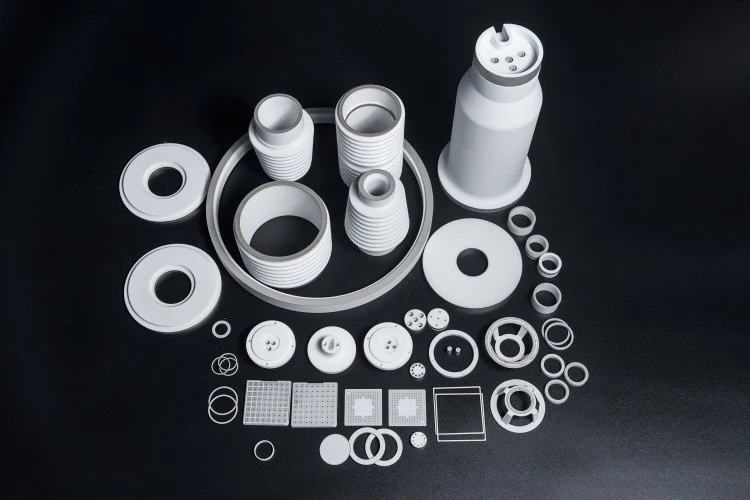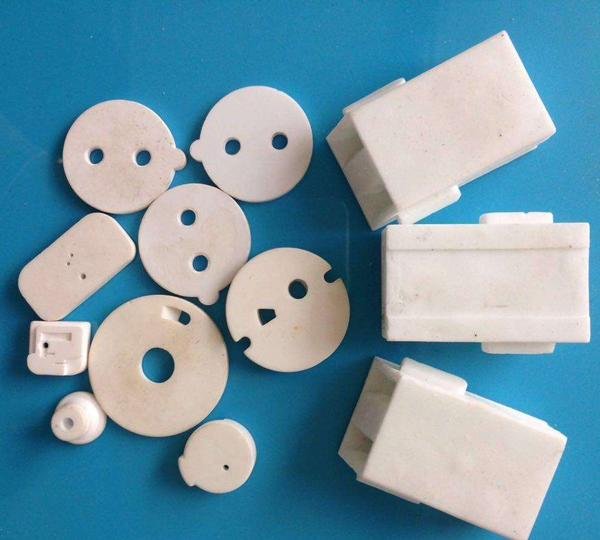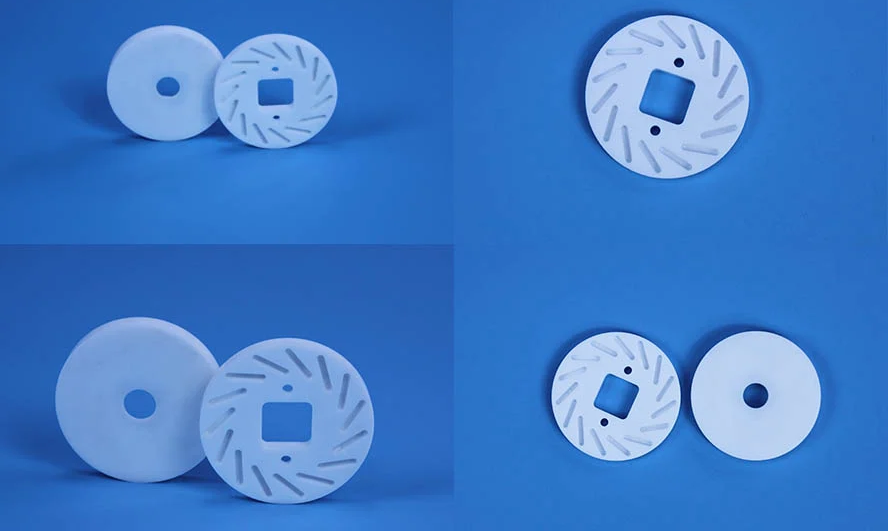-
Semiconductor Ceramics Factory & Exporter: A Case Study on New Energy Systems Manufacturer
2025-10-30The Client's Needs and Challenges Our client, a manufacturer in the renewable energy sector, specializes in creating innovative solutions for solar and wind energy production. With the growing demand for renewable energy solutions, they faced the challenge of improving the energy efficiency and durability of their solar and wind power systems. They sought ceramic materials that could withstand high temperatures, humidity, and ...
-
What is the difference between high-purity alumina ceramics and standard-grade alumina ceramics?
2025-10-22I. Composition and Purity High-purity alumina ceramics: Contain over 99.9% Al₂O₃ with virtually no impurities. Standard alumina ceramics: Classified by Al₂O₃ content as 99% alumina, 95% alumina, 90% alumina, 85% alumina, etc. Sometimes, even ceramics with 80% or 75% Al₂O₃ are categorized under standard alumina ceramics. II. Performance Comparison 1. Hardness High-purity type: Rockwell hardness of HRA 80-90, second onl...
-
Detailed Explanation of Vibration Direction in Tubular Piezoelectric Ceramics
2025-10-13Piezoelectric Effect and Its Principle The principle of the piezoelectric effect is that applying pressure to a piezoelectric material generates an electric potential difference (known as the direct piezoelectric effect). Conversely, using an electric voltage produces mechanical stress (known as the inverse piezoelectric effect). In other words, piezoelectric ceramics possess the ability to convert mechanical energy into electric...
-
Functions, Applications, and Production Process of Alumina Ceramic Materials
2025-10-13Introduction to Alumina Ceramic Materials Alumina ceramics are industrial oxide ceramics composed of aluminum oxide (Al₂O₃). Different series of alumina materials can be produced based on the percentage of Al₂O₃ content and the type of additives used. Classified by Al₂O₃ content, grades include 75%, 85%, 95%, and 99%. Based on crystalline phase differences, types encompass mullite, corundum-mullite, and pure corundum. By introduc...
-
Electronic Ceramics: Insulator? Semiconductor?
2025-10-13Electronic Ceramics: Electronic ceramics refer to various ceramics applied in electronic technology, specifically ceramic materials used in the electronics industry to manufacture electronic components and devices. They are generally categorized into structural ceramics and functional ceramics (primarily electrically functional). Structural ceramics denote ceramic materials used to produce substrates, housings, fasteners, and ins...
-
Common Issues and Causes in the Sintering of Zirconia Industrial Ceramics
2025-10-10I. Deformation of Zirconia Industrial Ceramics Deformation occurring during the sintering process of zirconia industrial ceramics may result from an extensive particle size distribution, improper selection or excessive addition of additives in the powder, or inconsistent shrinkage of the zirconia industrial ceramics. Causes of Inconsistent Shrinkage in Zirconia Industrial Ceramics: ① Uneven furnace temperature causes incons...
-
Applications of Ceramic Fiber Materials in Refractory Fields
2025-05-15Ceramic fiber materials are widely used in refractory applications due to their excellent thermal insulation properties, high-temperature resistance, and lightweight nature. They play a critical role in industries that require materials to withstand extreme heat while minimizing energy loss. Key Applications: Thermal Insulation in Furnaces and KilnsCeramic fibers are commonly used to line industrial furnaces, kilns, and b...
-
Introduction to 95% Alumina Ceramic
2025-05-1595% alumina ceramic is a type of advanced ceramic material composed of approximately 95% aluminum oxide (Al₂O₃). It is widely used in various industrial applications due to its excellent mechanical strength, hardness, and wear resistance. Compared to higher-purity alumina ceramics (such as 99% or 99.5%), 95% alumina offers a cost-effective solution while still providing strong performance in demanding environments. Key Featur...
YIXING NORKE
-
WhatsApp: +8613601538630 -
Phone: +8613601538630 -
Email: shx@norkeceramics.com


